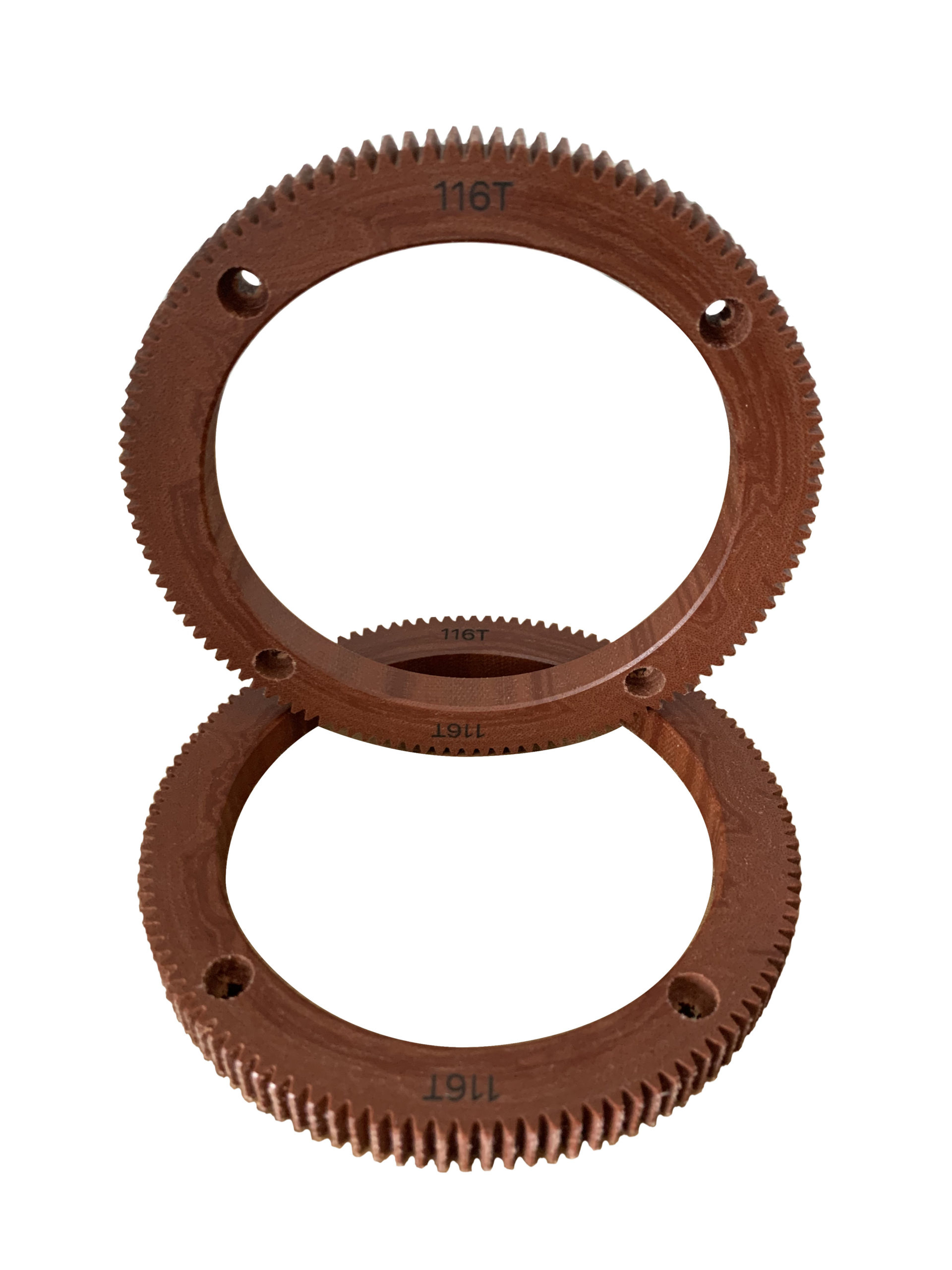
Since you'll be flipping the screen over repeatedly during this process, go ahead and put a pushpin in each corner of the bottom (flat) side of the screen. Sometimes this step is relatively clean, and sometimes I end up with green emulsion all over everything. screen filler fluid (again, I'm using the standard Speedball stuff) photo emulsion remover (for taking the emulsion off the screen so it can be reused) screen printing ink for fabric a light table -or- light bulb (at least 150W, clear incandescent), light bulb socket with reflector, clamp, and cord Miscellaneous useful things: pushpins (at least 4 per screen) chopsticks, popsicle sticks, plastic spoons - for mixing and putting emulsion & ink on the screen small paint-safe cups masking tape (water-resistant tape is best) regular transparent tape lots of newspapers (to keep everything else clean!) a book or piece of thick cardboard that's slightly smaller than your screen sheet of cardboard that fits inside your t-shirts (if you're printing shirts)įirst - lay out newspapers on your work surface, if you haven't already. If you use another type of photo emulsion, be sure to read the directions and test to make sure you have the correct exposure times. a printing squeegee or piece of cardboard with a smooth, straight edge photo emulsion and sensitizer I used Speedball diazo photo emulsion and diazo sensitizer the exposure times I list later in this Instructable are for this formula. Take a look here and here for great tips on making screens. What you need: a screen While I used a ready-made Speedball frame for this project, making your own screens is cheaper, and not hard to do.
#Silkscreen definition how to
How to Silk Screen has a good overview of the photo-emulsion process.

#Silkscreen definition mod
Threadbanger has an excellent D.I.Y Screen Printing Instructable which covers making screens using old embroidery hoops and using Mod Podge to put your image on the screen. Check out Screen Printing: Cheap, Dirty, and At Home for info on making your own screens and using the sun to expose your photo-emulsion. For this project, I went with a ready-made screen and images printed in black on transparencies. There are some great Instructables up on the site already for screen printing methods, but there's always room for more. If you use textile ink, you can heat-set the ink after it dries, and it'll be permanent and washable. Finally, you lay the screen on your t-shirt, other fabric, or paper, spread ink on the inside of the screen, and press the ink through the screen. After exposing the screen, you spray down the screen with water, washing off the emulsion only where your image was placed this clear area is where ink will be pressed through the screen when you print. Where the light is blocked (ie where your black image is placed) the emulsion remains water-soluble. Where the light strikes the screen, the emulsion will bind, making a solid layer. The light causes the emulsion to harden and bind to the fabric.

You then take a black image on transparent or translucent surface, place it against the screen, and then expose the screen to light. The general idea: After stretching fine-mesh cloth over a wooden frame, you spread a thin layer of photosensitive emulsion on the screen and let it dry. This Instructable covers the standard photo-emulsion screen printing process, which is great for printing text or images with fine detail.and at the end, you have your own personally-designed entirely unique prints on fabric, clothing, paper, or whatever else you can get under your screen. How do you print a ton of t-shirts and patches fast? Here's how I did it. I want to understand the meaning of mask out and compositional areas (Are they shapes or backgrounds?) more clearly.Sometimes you need to your message out quickly and cheaply. Or mask out means "to mask except the star shape"? Maybe in here "the compositional area" does not indicate the image(the star) itself, but the background area except the star shape? I'm getting confused. And a friend of mine told me that since the particle out is after mask, mask out means "to cover except the compositional area." Is he correct?įor example, if I want to get a star print on my t-shirt using screen printing, how can I get the star-shaped print by masking out the compositional area(=a star shape)? I searched every website related to screen printing to figure out the basic concept of screen printing, but I don't still get it.

I looked up the dictionary and it says the phrase to mask out means "to conceal or cover part of something from view." So do the verb " mask" and the phrase " mask out" mean the same?

An image is glued or otherwise affixed onto the mesh to mask out compositional areas.Īreas masked out by compositional shapes are nonporous and obstruct I'm having a hard time translating a passage about screen printing.įor screen prints, mesh (originally silk) is stretched tautly across aįrame.


 0 kommentar(er)
0 kommentar(er)
